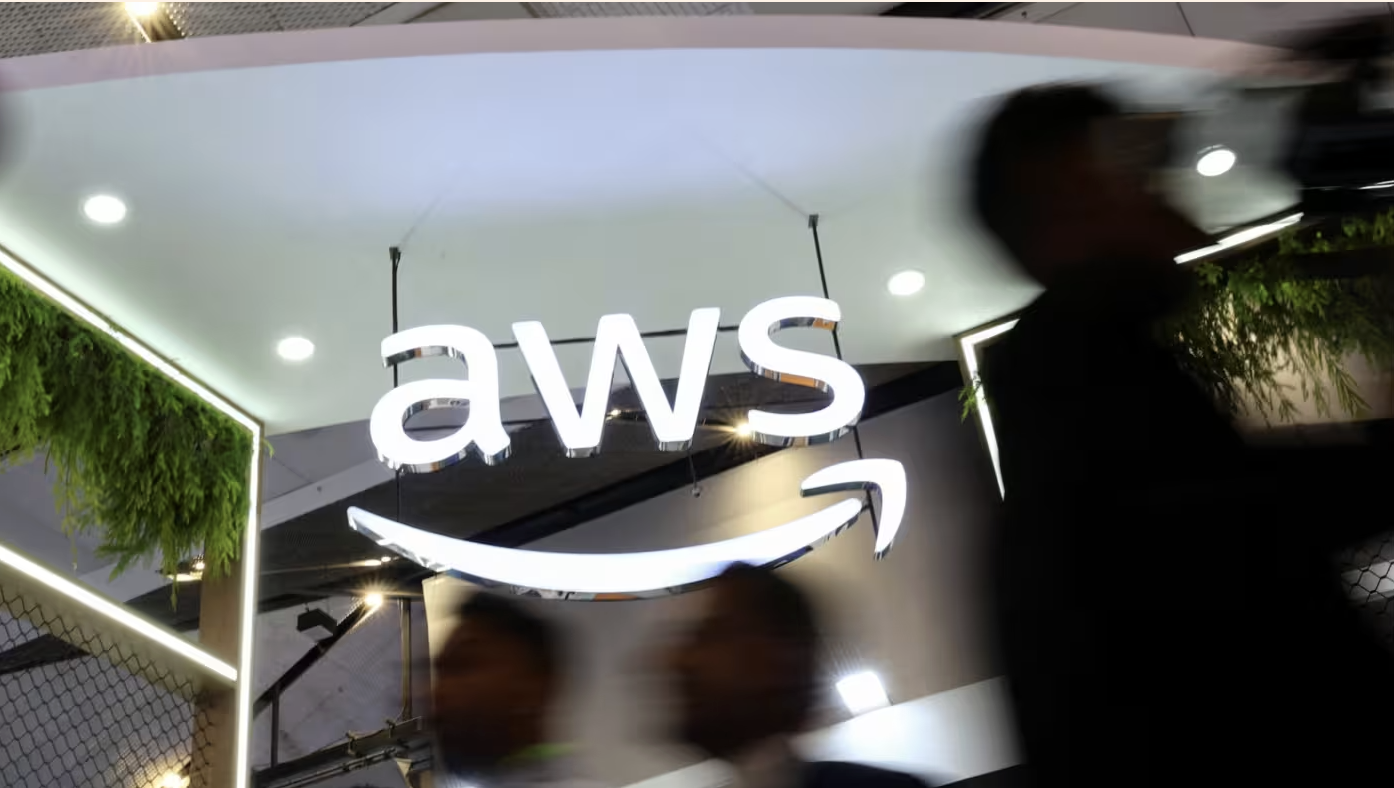
The Federal Trade Commission’s recent lawsuit and settlement with Amazon regarding its Prime subscription program has become a major story in both consumer protection and the tech industry. The case highlights how powerful online platforms manage their subscription services and how regulators are increasingly scrutinizing practices that may mislead or confuse customers. To fully understand the significance of this settlement, it is important to look at the background of Amazon Prime, the FTC’s allegations, the details of the settlement, and the implications for both consumers and corporations moving forward.
Background: Amazon Prime’s Popularity
Amazon Prime is one of the most successful subscription services in history. Launched in 2005, it began as a membership offering free two-day shipping for an annual fee. Over the years, it has expanded to include streaming video, music, exclusive discounts, faster delivery, and other perks. Today, tens of millions of Americans hold Prime memberships, making it a central pillar of Amazon’s business model.
However, with its success came growing concerns. Regulators and consumer advocates have long argued that Amazon’s methods for signing up and retaining customers were not always transparent. In particular, the focus of the FTC’s lawsuit was on what is known as “dark patterns”—design strategies in online interfaces that manipulate users into making choices they might not otherwise make.
FTC’s Allegations
The FTC accused Amazon of deliberately making it difficult for consumers to cancel Prime memberships. According to the commission, the company designed its website and mobile apps in a way that nudged people toward keeping their subscriptions, even when they tried to end them.
The FTC claimed that Amazon used confusing wording, multiple confirmation screens, and even hidden buttons to make cancellation frustrating. Some customers, the agency argued, unknowingly signed up for Prime while making ordinary purchases. Others found themselves stuck in a loop of prompts, unable to finalize their cancellation without spending a significant amount of time navigating Amazon’s system.
Essentially, the FTC argued that Amazon violated consumer protection laws by prioritizing its own profits over transparency and fairness.

The Settlement
Rather than engage in a lengthy legal battle, Amazon agreed to a settlement with the FTC. While Amazon did not admit wrongdoing, it agreed to make significant changes to its Prime cancellation process and pay financial penalties related to the case.
The settlement requires Amazon to:
- Simplify the cancellation process by reducing the number of steps required.
- Eliminate misleading or confusing prompts.
- Provide clearer language regarding charges, renewals, and trial periods.
- Undergo ongoing compliance monitoring to ensure these commitments are followed.
The financial portion of the settlement is designed both as restitution and as a deterrent. By imposing a meaningful cost, the FTC aims to signal to other corporations that similar practices will not be tolerated.
Impact on Consumers
For consumers, the settlement brings immediate benefits. People who want to cancel their Prime memberships should now be able to do so with fewer obstacles. The changes will also make it easier to avoid accidental sign-ups or unexpected charges after free trials expire.
The case highlights the importance of digital fairness in an age when so much of daily life takes place online. Just as traditional consumer protection laws safeguard against misleading advertising or unfair billing practices, the FTC is now applying those principles to the digital economy.
Consumers may also feel empowered by this decision. It demonstrates that regulators are paying attention to complaints about manipulative design and that even one of the world’s largest corporations is not above the law.
Broader Implications for Tech Companies
For Amazon, the settlement is more than just a financial penalty. It represents a reputational challenge. The company has long promoted Prime as a way to provide value and convenience, but the lawsuit casts doubt on whether the service has always been marketed and managed fairly.
Other tech companies are also taking note. Subscription models are increasingly popular across industries, from streaming services to software platforms. Many of these companies rely on auto-renewals, free trials, and cancellation hurdles to retain subscribers. The Amazon case sets a precedent that regulators will be watching closely.
The FTC has made clear that it intends to crack down on dark patterns, and this settlement may encourage companies to proactively adjust their practices. Failing to do so could result in legal consequences, financial penalties, and loss of consumer trust.
A Step Toward Accountability
The settlement between Amazon and the FTC is part of a broader trend in holding technology companies accountable for their business practices. For years, regulators have faced criticism for allowing Big Tech firms to grow unchecked. This case signals a shift toward greater scrutiny and enforcement.
While some critics argue that the penalty may not be large enough to truly impact Amazon’s bottom line, the real power of the settlement lies in its symbolic weight. It shows that regulators are willing to challenge dominant players in the digital marketplace and demand fairness for consumers.
The FTC’s lawsuit and settlement with Amazon over Prime cancellations mark a significant moment in consumer protection. It demonstrates how regulators are adapting to the realities of the digital economy and ensuring that companies cannot exploit design tricks to maximize profits at the expense of transparency.
For Amazon, the settlement is a reminder that convenience and trust must go hand in hand. For consumers, it is a victory that promises greater control and clarity in subscription services. And for the broader tech industry, it is a warning: deceptive practices may bring short-term gains, but they also bring long-term risks when regulators and consumers demand accountability.
By.Wilgens Sirise





